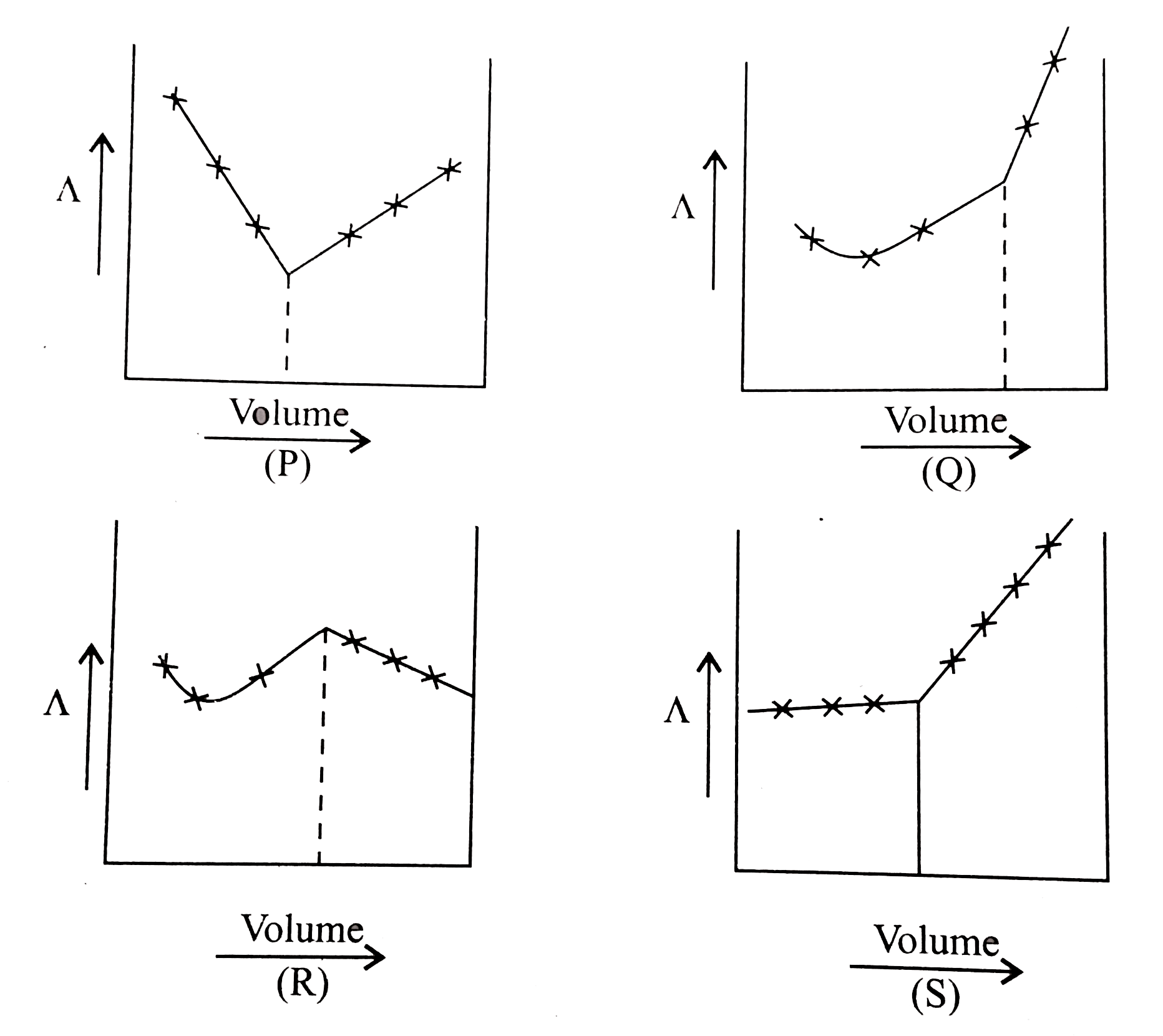Freshly distilled colourless HI (aqueous solution) gradually turns brown with time.
The correct Answer is:4HI+O2(air)on standing−−−−−−→2H2O+I2
liberation of I2 turns HI solution brown.
Step-by-Step Solution:
1. Understanding the Initial Condition: We start with a freshly distilled, colorless aqueous solution of hydrogen iodide (HI). This solution is initially clear and has no color.
2. Exposure to Air: Over time, this solution is exposed to air, which contains oxygen (O2). The presence of oxygen is crucial for the next step.
3. Chemical Reaction: The HI in the solution reacts with the oxygen in the air. The reaction can be represented as follows:
4HI+O2→2H2O+2I2
In this reaction, hydrogen iodide (HI) reacts with oxygen to produce water (H2O) and iodine (I2).
4. Formation of Iodine: As the reaction proceeds, iodine (I2) is liberated. Iodine is a brown-colored substance, and its presence in the solution is what causes the color change.
5. Color Change Observation: Initially, the solution is colorless. As iodine is produced and dissolves in the solution, the color changes from colorless to brown due to the formation of iodine.
6. Conclusion: Therefore, the gradual browning of the freshly distilled colorless HI solution over time is due to the liberation of iodine (I2) as a result of its reaction with oxygen in the air.
---
4HI+O2→2H2O+2I2
In this reaction, hydrogen iodide (HI) reacts with oxygen to produce water (H2O) and iodine (I2).
Topper's Solved these Questions
- P BLOCK ELEMENTSBOOK - RESONANCE ENGLISHCHAPTER - P BLOCK ELEMENTSEXERCISE - SINGLE CHOICE TYPE
44 Videos
- NUCLEAR CHEMISTRYBOOK - RESONANCE ENGLISHCHAPTER - NUCLEAR CHEMISTRYEXERCISE - STAGE-II
1 Videos
- P-BLOCK ELEMENT (BORON AND CARBON FAMILY)BOOK - RESONANCE ENGLISHCHAPTER - P-BLOCK ELEMENT (BORON AND CARBON FAMILY)EXERCISE - PART - III : OLYMPIAD PROBLEMS (PREVIOUS YEARS) STAGE - V (INTERNATIONAL CHEMISTRY OLYMPIAD (IChO)) Problem 3
8 Videos
Similar Questions
AgNO3(aq) was added to an aqueous KCl solution gradually and the conductivity of the solution was measured. The plot conductivity of the solution was measured. The plot of conductance (∧) versus the volume of AgNO3 is

View SolutionAmong [Ag(NH3)2]Cl,[Ni(CN)4]2−and[CuCl4]2− which
remains colourless in aqueous solutions and why?
(Atomic number of Ag=47, Ni = 28, Cu= 29).
View Solution
Knowledge Check
The blue litmus is turned red by an aqueous solution of
AKNO3BNaClCCuSO4DCH3COONa.A solution of KMnO4 is reduced to various products depending upon its pH. At pH lt 7 it is reduced to a colourless solution (A), at pH = 7 it forms a brown precipitate (B) and at pH gt 7 it gives a green solution ( C), (A),(B) and( C) are
A(A)(B)(C)Mn2+MnO2MnO2−4B(A)(B)(C)MnO2mn2+MnO2−4C(A)(B)(C)Mn2+MnO2−4MnO2D(A)(B)(C)MnO2−4Mn2+MnO2
A gas 'X' is passed through water to form a solution. The aqeous solution on treatment with AgNO3 solution gives a white precipitate. The sturated aqueous solution also dissolves magnesium ribbon with the evolution of colourless gas 'Y'. Identify 'X' and 'Y'
View SolutionWhen chlorine gas is passed through an aqueous solution of potassium bromide, the solution turns brown due to the liberation of
View SolutionA colourless water-soluble compound on strong heating liberates a brown colored gas and leaves a yellow residue that turns white on cooling. An aqueous solution of the original solid gives a white precipitate with (NH4)2S. The original solid is :
View SolutionOn diluting aqueous solution of weak electrolyte to 100 times
View SolutionThe dilute aqueous solution of H2O2 turns blue litmus red. True/False
View SolutionA compound (X) with the molecular formula C6H10O4 is a neutral liquid. On heating (X), under reflux with aqueous sodium hydroxide and distilling the product. A colourless liquid is obtained which on warming with iodine and aqueous sodium hydroxide gives a pale yellow precipatate (Y). The residue in the distilling flask is the sodium salt of an acid (Z), which decolourises aqueous acidified potassium permaganate (VII) on heating. Identify (X),(Y), and (Z) and give all the reactions involved.
View Solution
